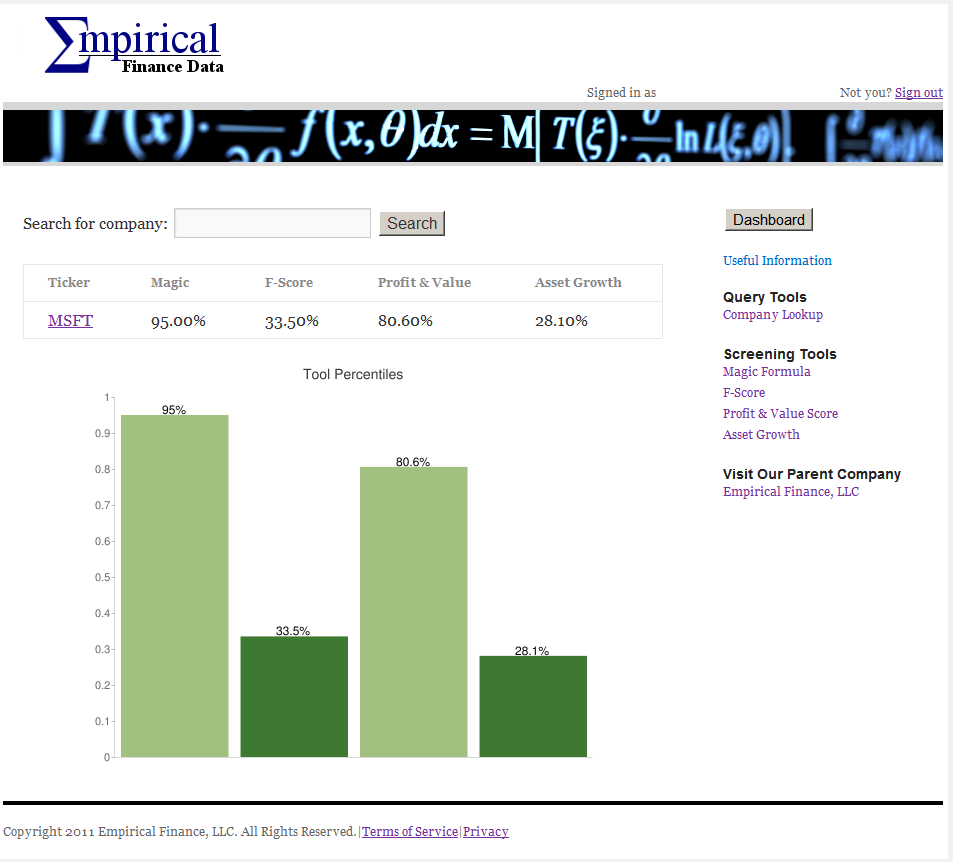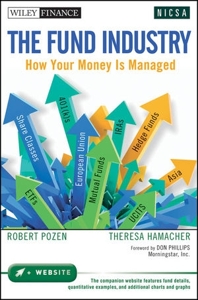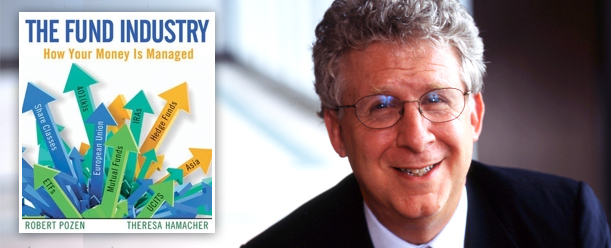A new addition to Tradestreaming, the Tradestreaming Cascade is a highlight reel of some of the past week’s most interesting information. Much of this comes from my Twitter feed, @newrulesinvest
Research update: Activist Investing (The Activist Investor): More research into the value extracted by activist investors — this time looking at shareholder proposals and voting.
The art of investing in today’s economy (Tradestreaming): New podcast with the former personal finance columnist for the WSJ, Jonathan Clements.
Favorite Boutique Asset Managers Launch New Funds (Morningstar): Ariel, Fairholme, Royce, FMI among the firms launching new mutual funds with interesting strategies.
May 3rd poorest performing month in pre-election years (Stock Trader’s Alamanac): A hypothetical $10k investment in the DJIA for November-April would have compounded to over $500k (1986 – present) while May-October would have resulted in a $379 loss.
Sectorology: How the financial sector stacks up against other industries (Random Roger): Interesting view on short-term, long-term investing in financial stocks.
The predictive power of the combo of Morningstar stars, expenses, investor returns, manager records and active share (Morningstar): More Morningstar research on how best to use their information for profitable investing.
Online brokerage no threat to advisors? Yeah, and I’m a meat-eating rabbit (New Rules of Investing): Redefining the role of brokerage and advice in the age of social media.











